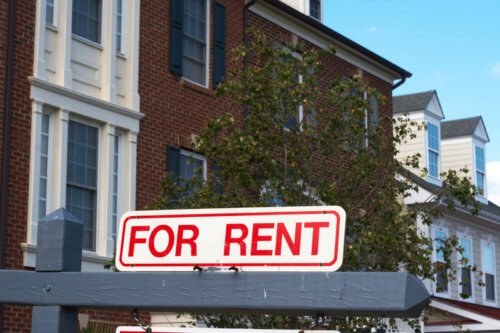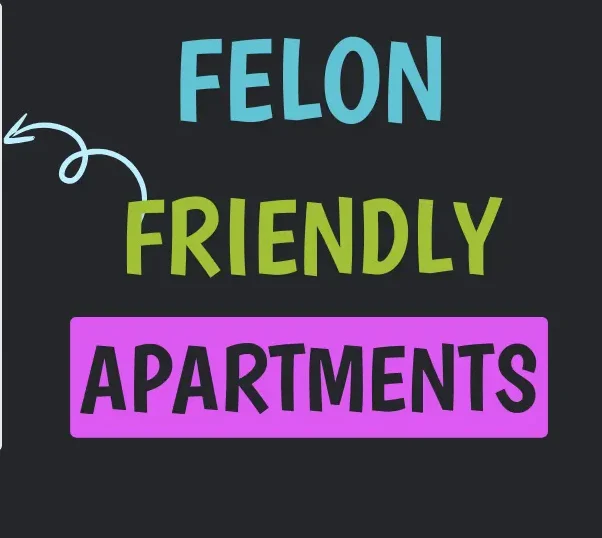
How Does Section 8 Find Out If Someone Is Living With You
Mithas
- 0
When receiving housing assistance through Section 8 Find Out If Someone Is Living, it is essential to understand the rules and regulations that govern the program.
One such rule pertains to reporting changes in household composition, specifically if someone is living with you who is not on the lease. Section 8 has various methods for finding out if someone is living with you, and failure to comply with the program’s guidelines can have serious consequences.
The Importance of Reporting Changes in Household Composition

Navigating the regulations of the Section 8 program requires vigilance, especially when it comes to changes within your household. Participants must inform Section 8 whenever there’s an alteration in the number of people residing in their home or any significant shifts in income. Such changes can directly impact the assistance provided, as the program aims to tailor aid to the specific needs and circumstances of each household.
Promptly communicating with Section 8 about new residents or departures is more than a matter of compliance; it’s a critical step in ensuring that the assistance you receive remains aligned with federal guidelines and personal needs.
Moreover, changes in employment status or income levels, whether increases or decreases, must also be reported. These factors are crucial in determining the amount of aid your household is eligible for, as Section 8 benefits are calculated based on total household income and size.
Ignoring or delaying the report of such changes can lead to complications far beyond simple benefits adjustments. The integrity of the information provided in Section 8 is taken seriously, and discrepancies discovered through inspections, neighbor reports, or data verification processes can lead to sanctions.
These might include a recalibration of benefits, the necessity to repay any overages received, or, in severe cases, the loss of housing assistance entirely. Section 8 Find Out If Someone Is Living
Therefore, maintaining an open and honest communication channel with your Section 8 caseworker is not just recommended; it’s a fundamental aspect of participating in the program. By ensuring that all information regarding your household composition and income is current, you safeguard your benefits and contribute to the fair and effective operation of the housing assistance program.

Routine Inspections and Their Role
Routine inspections are pivotal in enforcing Section 8’s guidelines and regulations. These assessments are scheduled to ensure that properties meet the necessary safety and health standards, but they also serve as a critical tool for verifying compliance with occupancy rules.
Section 8 Find Out If Someone Is Living During these visits, inspectors will observe and document the living conditions within the unit, including the presence of any individuals who may not officially be part of the lease agreement.
The presence of extra occupants might be inferred from additional bedding, personal belongings, or even direct interaction during the inspection. Section 8 participants must understand that the objective of these inspections is not solely to penalize but to ensure the housing provided aligns with the guidelines designed to maintain fairness and integrity within the program.
Participants are encouraged to use these inspections to clarify any doubts or concerns regarding occupancy and compliance with the inspectors.
Section 8 Find Out If Someone Is Living Demonstrating cooperation and transparency during these inspections can be instrumental in preventing misunderstandings or misinterpretations about unauthorized occupants. Furthermore, it’s an occasion to address discrepancies affecting one’s eligibility or benefit level.
Ensure all household members are documented and reported to Section 8 to prepare for routine inspections. This minimizes the risk of unintended non-compliance and underscores the importance of adhering to the program’s occupancy rules and the proactive steps participants must take to remain in good standing.

Neighbors and Community Reports
Within the framework of the Section 8 housing program, neighbors and community observations play a significant role in upholding the program’s integrity. The involvement of these community members is often overlooked, yet it forms a critical part of ensuring that housing assistance is utilized as intended.
Neighbors who are nearby and have a day-to-day insight into the activities within the locality may occasionally notice discrepancies or behaviors that suggest non-compliance with Section 8’s occupancy rules. For instance, the lease agreement does not account for the continuous presence of non-listed occupants or frequent overnight stays by individuals.
Section 8 Find Out If Someone Is Living When such observations are reported to Section 8 authorities, they initiate a review process to ascertain the validity of these claims. It’s worth noting that these reports are handled with discretion to maintain community relations and participants’ privacy in the housing assistance program.
The purpose of involving community feedback is not to encourage surveillance or foster mistrust among neighbors but to protect the integrity of the housing assistance provided and ensure that resources are fairly distributed among eligible participants.
Engaging positively with your neighbors and keeping them informed (as appropriate) about your household can mitigate potential misunderstandings or false reports. Furthermore, it highlights the community’s collective responsibility to maintain the standards and regulations set forth by the Section 8 program. This cooperative approach supports the effective administration of housing assistance and promotes a harmonious living environment for all residents.

Data Matching and Verification Processes
To ensure the integrity and fairness of the housing assistance program, Section 8 employs sophisticated data matching and verification processes. These mechanisms are designed to cross-check the information provided by participants against records held by other federal, state, and local government agencies. This includes, but is not limited to, the Department of Motor Vehicles for addresses, the Social Security Administration for income verification, and employment records to confirm household earnings.
Additionally, Section 8 agencies may utilize background checks beyond criminal history to include rental and utility records. Such checks help identify inconsistencies that might suggest undisclosed household members. For instance, if utility usage significantly exceeds the expected amount for the reported number of occupants, this could raise a red flag, prompting further investigation.
Another crucial aspect of the verification process involves comparing participant-provided information with public records and data from other assistance programs. This cross-referencing helps detect discrepancies that may indicate fraud or unintentional non-compliance. In cases where irregularities are identified, the Section 8 office may request additional documentation from the participant or conduct in-person interviews to gather more details about the household composition.
The effectiveness of these data matching and verification processes hinges on the cooperation of Section 8 participants. By ensuring that all information provided is accurate and up-to-date, participants assist in the smooth operation of these verification mechanisms, ultimately supporting the goal of providing fair and equitable housing assistance to those in need.
The Consequences of Non-Compliance
Non-compliance with Section 8’s regulations regarding unauthorized occupants can lead to significant repercussions for participants. Among these, the immediate risk of eviction is a direct consequence of failing to adhere to the program’s occupancy policies.
Additionally, participants may face the termination of their housing assistance benefits, which can have long-lasting impacts on their ability to secure affordable housing in the future. Legal actions are also a potential outcome, particularly in cases where fraud is suspected or where there has been a deliberate attempt to conceal information about the household composition.
These measures are not only punitive but serve as a deterrent to ensure that all participants comply with the guidelines established to maintain the fairness and effectiveness of the housing assistance program.
It is crucial for individuals participating in Section 8 to understand that the program’s rules are in place to protect the integrity of the assistance provided and that violations can disrupt not only their housing stability but also the overall operation of the program.
The repercussions of non-compliance emphasize the importance of maintaining transparency about household changes and working collaboratively with caseworkers to rectify discrepancies promptly.
How to Properly Report Changes in Your Household
To ensure compliance with Section 8 regulations and maintain the integrity of your housing assistance, it’s crucial to report any alterations in household composition promptly and accurately. The first step in this process involves contacting your Section 8 caseworker directly. This proactive approach demonstrates your commitment to transparency and safeguards your assistance benefits.
When communicating changes, be prepared to provide detailed information about the new household member(s), including their full name, date of birth, and income details, if applicable. You may also be asked to submit documentation supporting these changes, such as identification documents or income verification forms.
It’s also advisable to keep a personal record of all communications and submissions to your caseworker for future reference. In some cases, follow-up meetings or additional paperwork may be required to process the changes in your household composition fully. Staying organized and responsive throughout this process can significantly streamline the adjustment of your housing benefits.
Remember, reporting changes is not only to fulfill a regulatory requirement but also to ensure that your housing assistance aligns with your current needs. By keeping your caseworker informed of any shifts in your living situation, you play a critical role in effectively managing the Section 8 program, ensuring it continues to serve those in need effectively and equitably.

